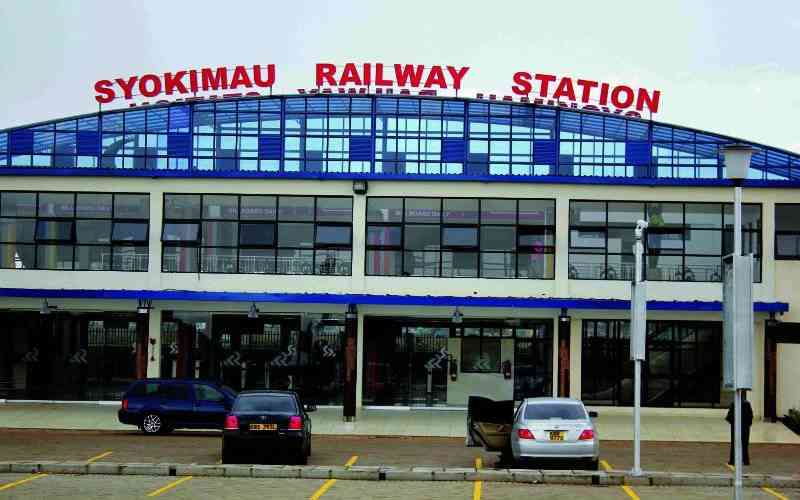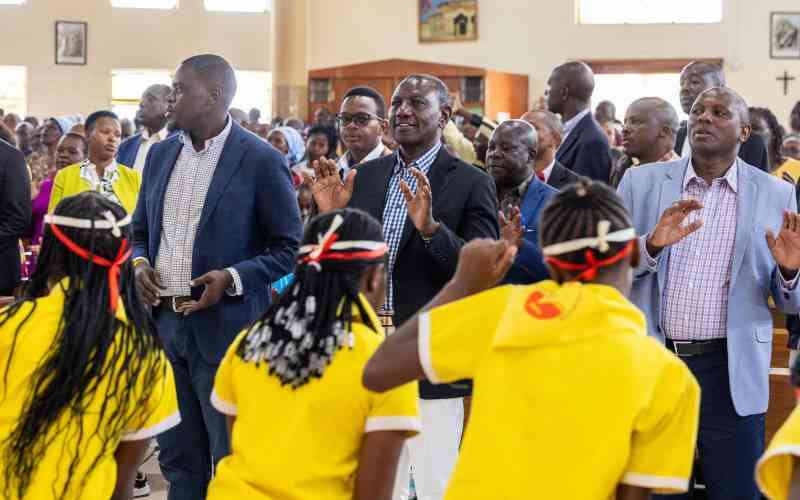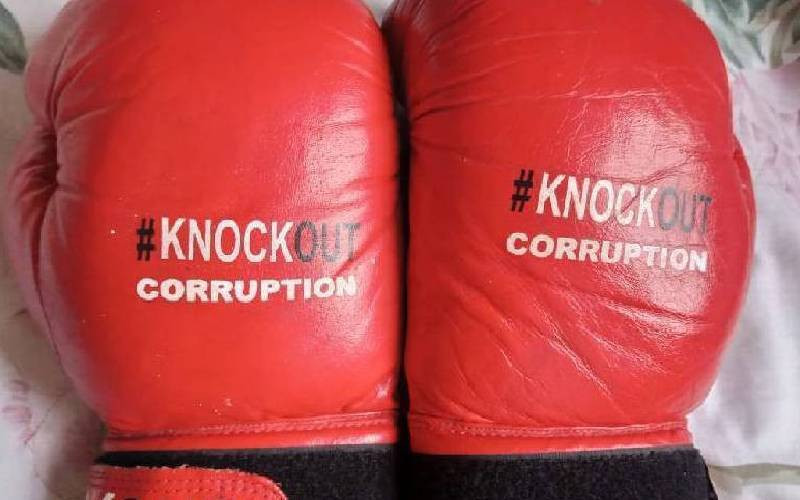By Peter Oduor
One group of passengers call it Train station while another call it Railway station; no mistake here, they are referring to one place. It lies a few metres past the noisy and dusty Railways-Bus station where Ngong’ Road and Rongai buses pick up passengers.
The train services offered here are different and believe it or not, the passengers are different too.
It is some minutes after 7.30am and out of one building block, two different crowds of people pour out. The crowd from the left gate comes in first. Their shoes are clean and most of them are smartly dressed sporting neat shaves and relaxed looks. The younger ones are casually dressed with scarves thrown round their necks and laptop bags on their backs. Although they are many, there is little shoving and jostling. These are the passengers from the Syokimau train.
At 7.35 am, there is an influx of people from the gate on the right heading left. They move like rocks rolling out of a truck; raising dust along the way. Their faces possess different looks; restless, tired or worried look for most.
Most of them are dressed in hew-haw miss-matched pieces of clothes and not well taken care of jumpers. These are the passengers from the Dandora/Ruiru train.
Once the passengers are gone, the station is quiet except for train rumblings and the voices of the staff at each of the stations. The Ruiru train, just as the ones for Dandora, Embakasi and Kikuyu, rests at the tracks. The terminus is ill kept. The floor is old concrete that has given in to the pressures of the thousands of feet that walk over it every day.
It has holes and cracks, the ticketing is manual. The stairs into the Ruiru train is caked and layered with new and old mud. The colour on the outside wall is peeling off and the roof is rusted.
Inside one of the coaches, the lights do not work and the floor, which was once flush concrete, has holes in it. Once painted white/cream, the roof is rusted, leaks when it rains and has changed colour to brownish black. Its windows once held glass, but got broken, maybe in 1971 and have not been repaired since. On a good day, this coach can carry between 100-150 passengers or more, sitting and standing. It is said, only its headlight works. The other trains under this management are different variations of the Ruiru train, with varying degrees of unpleasantness.
A police officer at the station offers some insight on the security situation inside the trains. He says some trains don’t have lights in the coaches and in the evenings as people come from work, they travel in darkness. Mugging can occur and people get pick-pocketed.
His boss, acting Commandant John Ndiema agrees. “The main problem is inadequate security personnel. The stages have no officers manning them,” he says.
Ndiema says they have officers on the ground and escort officers who ride in the trains but adds that those officers are not sufficient for escalated insecurity in the country. The Syokimau train has better security measures in place compared to the others.
Indifferent to surrounding
Kevin Matoriki started using the Syokimau train when he got fed up with the matatu traffic jams that could keep him sitting on the road for two hours after paying an overpriced fare. He gets to the Syokimau station 6.55 am and by 7.35 am, he is in town.
“I don’t think I qualify as middle class, but most of the people who use the Syokimau train are in that category, some may even be higher. They are reasonably well dressed, park their cars at the station parking lots, most of them carry iPads or large sleek phones, they are indifferent to their surrounding and would rather be silent or plug into their head phones than engage in conversations,” he says.
Stay informed. Subscribe to our newsletter
Should you meet one who is willing to talk, they will talk about real estate and mortgages, their cars and land ownership.
In the evening at the gate into the Syokimau train terminus in town, a CCTV camera monitors the activities around the gate from a high wall. The train leaves town at 5.50pm. Ticketing is automated, the entrance floor is tiled and passengers swipe their tickets as they walk in.
Inside one coach, the train is clean, a steel engraved floor and blue seats still covered in clear polythene. The lights are bright and each coach has a CCTV camera in it to enable monitoring and recording.
As passengers walk in, it is easy to spot the oddities. The iPads in their hands, books with titles like ‘The Guide to Investing’, pamphlets of what look like reports, drinks in hand, headphones plugged in, laptops for chatting or browsing, phone calls that are mainly grunts.
The men are dressed in suits or smart casual while the younger ladies are in tights, boots and shades. At the Syokimau terminus, the same as Imara Daima, the station floor is tilled and the walls have artwork.
There is a car park, jammed with cars, ATM machines and a shoe shine post. Those who park at Syokimau probably live around Syokimau, Mlolongo, Machakos or Kitengela.
Back at the Railway station in Nairobi, two trains lie side by side. One raving and hooting while the other is still and silent. One old and tired the other well kept and lively. Their passengers too, tell two tales of same old trains with same old inequalities.
 The Standard Group Plc is a
multi-media organization with investments in media platforms spanning newspaper
print operations, television, radio broadcasting, digital and online services. The
Standard Group is recognized as a leading multi-media house in Kenya with a key
influence in matters of national and international interest.
The Standard Group Plc is a
multi-media organization with investments in media platforms spanning newspaper
print operations, television, radio broadcasting, digital and online services. The
Standard Group is recognized as a leading multi-media house in Kenya with a key
influence in matters of national and international interest.
 The Standard Group Plc is a
multi-media organization with investments in media platforms spanning newspaper
print operations, television, radio broadcasting, digital and online services. The
Standard Group is recognized as a leading multi-media house in Kenya with a key
influence in matters of national and international interest.
The Standard Group Plc is a
multi-media organization with investments in media platforms spanning newspaper
print operations, television, radio broadcasting, digital and online services. The
Standard Group is recognized as a leading multi-media house in Kenya with a key
influence in matters of national and international interest.






